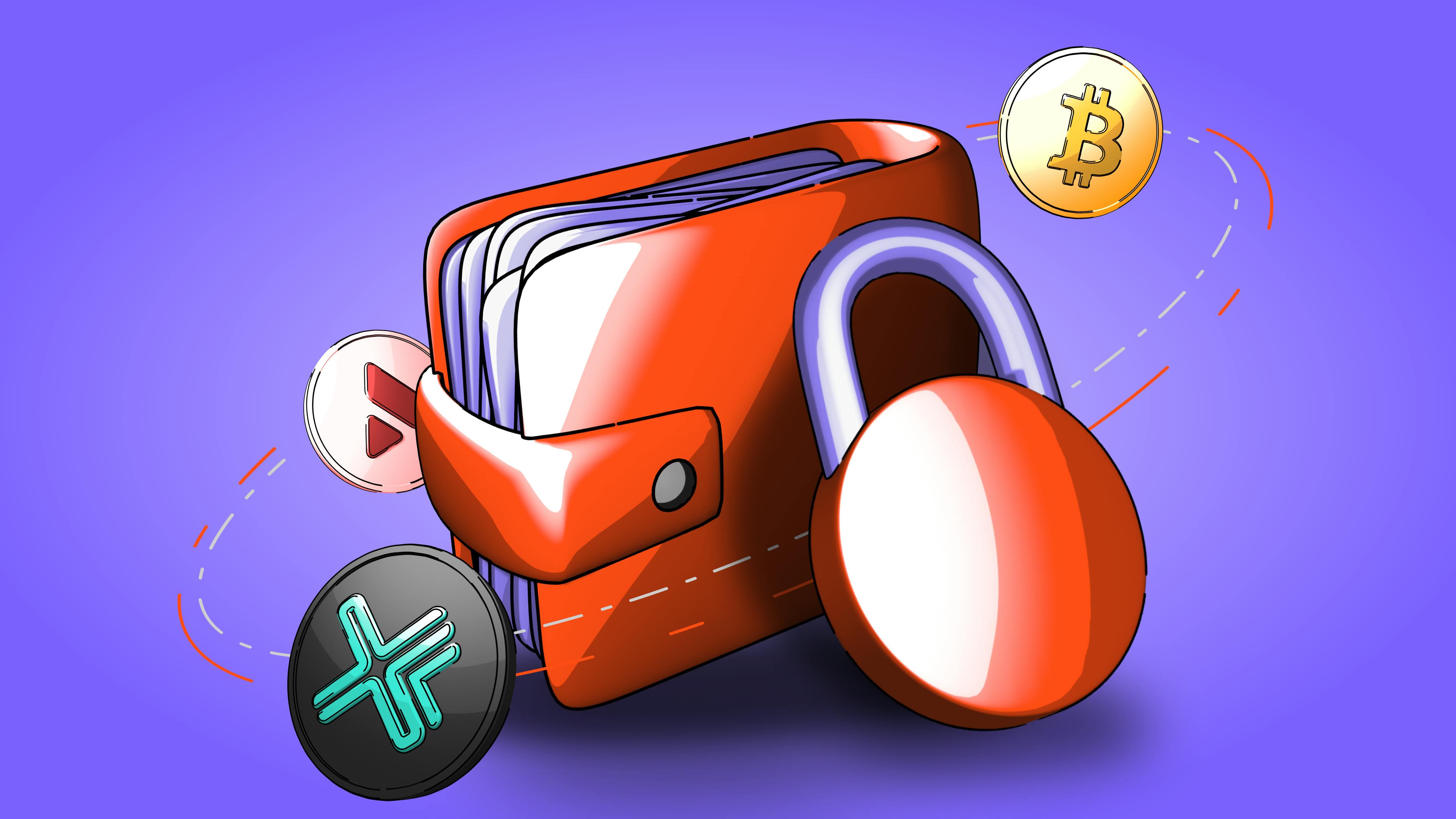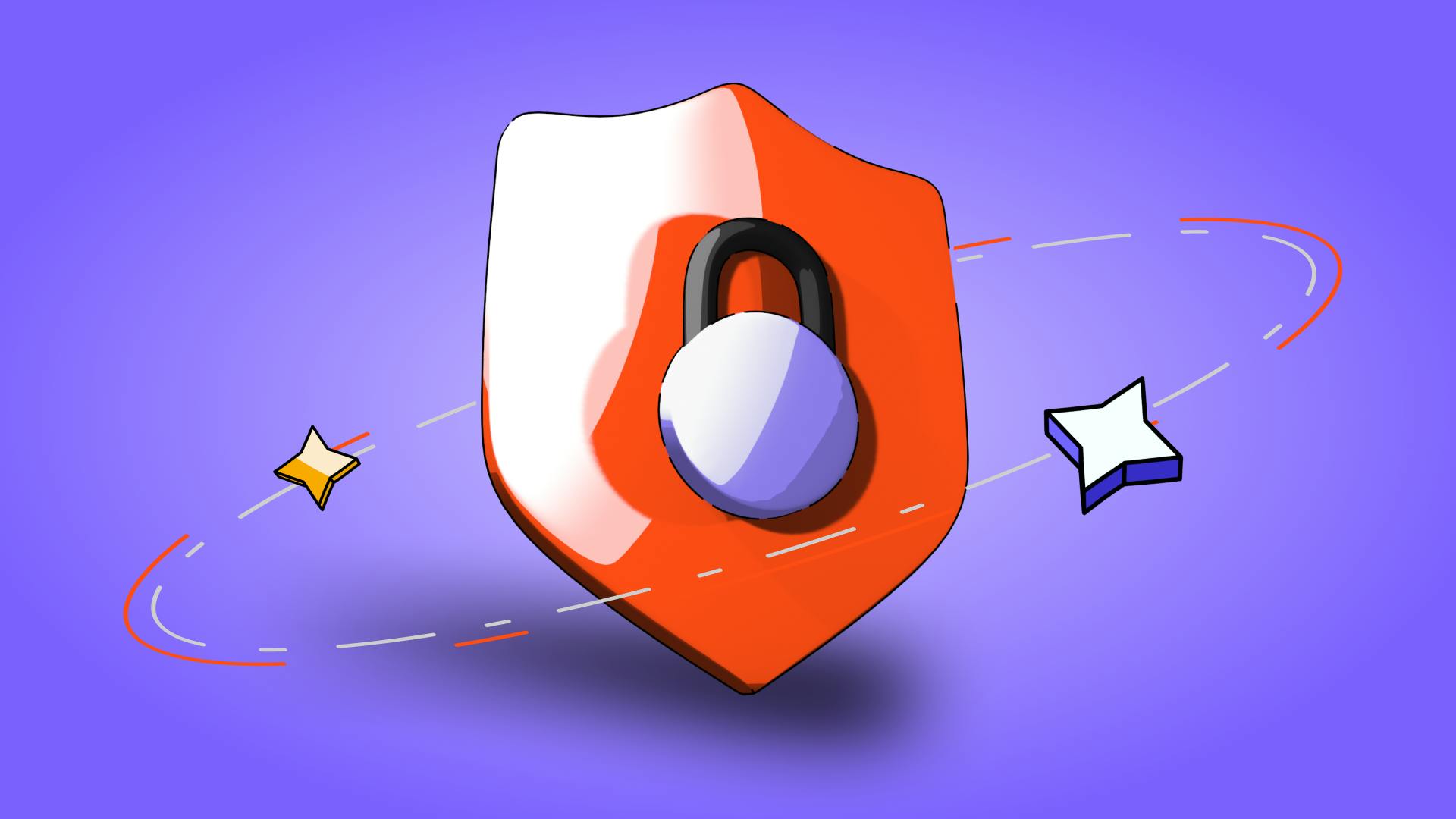What are MultiSig Wallets and How They Work?
December 5, 2025

by Kamil S
December 5, 2025
Cryptocurrency wallets are essential tools for managing and storing digital currencies like Bitcoin, Ethereum, and many others. They function by holding the keys needed to access and transfer your cryptocurrency holdings. These wallets can be software-based, existing on computers or mobile devices, or hardware-based for higher security.
MultiSig wallets, short for Multi-Signature wallets, introduce an added layer of security to the management of digital assets. Unlike standard wallets, which require just one key to authorize transactions, MultiSig wallets require multiple keys to approve a single transaction. This feature is crucial for preventing unauthorized access and enhancing the safety of digital assets.
Before diving into MultiSig wallets, let’s see where classic single-signature crypto wallets are falling short. While single-signature wallets have been the foundational method for securing cryptocurrency transactions, they come with inherent disadvantages that users must be aware of. The simplicity of these wallets can sometimes be a double-edged sword, especially as the value and complexity of digital assets grow.
The most significant disadvantage of single-signature wallets is that they represent a single point of failure. If the private key to a single-signature wallet is lost or stolen, the user risks losing access to their assets with no means of recovery. Similarly, if a hacker gains access to this key, they can easily transfer the funds to their account, leaving the rightful owner with no recourse. This vulnerability underscores the importance of stringent security measures, which may still fall short of completely mitigating the risk.
For organizations, families, or groups that manage shared funds, single-signature wallets offer no native solution for establishing consensus or shared control over transactions. Every transaction is at the discretion of the individual who holds the key, making it unsuitable for situations where funds are meant to be governed by multiple stakeholders. This limitation makes it challenging to implement checks and balances that could prevent mismanagement or fraud within a group setting.
The recovery options for single-signature wallets are limited. If the private key is lost, the funds in the wallet may be irrecoverable. While some wallets offer seed phrases for recovery, the security of the wallet hinges on the user's ability to safeguard this information. The loss or exposure of the seed phrase can be just as catastrophic as the compromise of the private key itself.
MultiSig wallets are not just a technical innovation; they are a paradigm shift in how we secure digital assets. The principle behind MultiSig technology is similar to the requirement for multiple signatures on a check in the traditional banking system. It ensures that no single point of failure can compromise the wallet's security.
A MultiSig wallet operates by setting up a condition that transactions must be authorized by more than one key holder before they can be executed. This is usually set up as a "m-of-n" scheme, where "m" represents the minimum number of signatures required to approve a transaction, and "n" is the total number of people who hold the keys. For example, a 2-of-3 MultiSig wallet requires two out of three key holders to sign off on a transaction before it can go through.
Enhanced Security: By distributing the ability to authorize transactions across multiple devices or individuals, MultiSig wallets significantly lower the risk of theft or loss due to hacking, phishing, or physical theft of a single device.
Shared Control: MultiSig wallets are ideal for organizations or groups that manage collective funds, as they necessitate consensus before funds can be spent, thereby adding a layer of democratic decision-making to fund management.
Backup and Recovery: In scenarios where one key is lost or compromised, the remaining keys can still secure the wallet, and funds remain accessible, assuming the number of available keys meets the minimum requirement for a transaction.
MultiSig wallets have found practical applications in several areas within the crypto space:
Corporate Governance: Companies holding cryptocurrencies can use MultiSig wallets to require multiple executive approvals for transactions, aligning with corporate governance practices.
Escrow Services: In transactions requiring trust, such as buying goods or services with crypto, MultiSig wallets can act as an escrow, releasing funds only when all parties fulfill their contractual obligations.
Family Trusts and Estate Planning: Families can manage their digital assets using MultiSig wallets, ensuring that no single person can unilaterally access the funds without consensus.
Decentralized Autonomous Organization (DAO) Wallets: DAO wallets are a form of MultiSig wallet used by decentralized autonomous organizations, where decisions are made collectively by the members rather than a central authority. These wallets require a predefined number of member approvals to execute transactions, aligning with the organization's governance rules. DAO wallets are crucial for managing the treasury of decentralized projects in a transparent and democratic manner.
Understanding how MultiSig wallets work involves breaking down their three main components: signatories, thresholds, and keys.
Signatories are the individuals or entities that hold the power to approve a transaction before it can be executed. In the context of a MultiSig wallet, each signatory is assigned a unique digital signature or key. The number of signatories is determined by the wallet's setup and the users' security requirements. These signatories could be members of an organization, partners in a business, or individuals involved in a transaction.
The threshold is the minimum number of signatures required to approve a transaction. This is represented in the "m-of-n" format, where "m" is the threshold (minimum number of signatures needed) and "n" is the total number of signatories. As previously mentioned, a 2-of-3 MultiSig wallet requires at least two out of three signatories to agree for a transaction to proceed. Setting the threshold is a critical step in configuring a MultiSig wallet, as it dictates the level of security and flexibility of the wallet.
Keys are the digital credentials used by signatories to sign off on transactions. In a MultiSig setup, keys are cryptographic, meaning they are created using complex algorithms to ensure security. Each key is unique to its holder, ensuring that only authorized signatories can approve transactions. The keys in a MultiSig wallet are part of what makes it significantly more secure than traditional single-signature wallets. Loss or compromise of a single key does not jeopardize the wallet's security, thanks to the requirement for multiple approvals.
MultiSig wallets offer several advantages that significantly enhance the security and management of cryptocurrency assets. These benefits cater to a wide range of users, from individual holders to large organizations, providing a robust solution against various security threats.
The core benefit of MultiSig wallets is their enhanced security. By requiring multiple signatures to confirm a transaction, these wallets drastically reduce the risk of unauthorized access and theft. This setup prevents a single point of failure; even if one key is compromised, the attackers cannot access the funds without the additional required signatures. This multi-layered security approach is particularly effective in deterring fraud and hacking attempts, making MultiSig wallets a preferred choice for users prioritizing asset security.
MultiSig wallets naturally enforce a separation of duties among those who control the wallet. This is especially beneficial for organizations where financial transactions need oversight. By distributing the responsibility for authorizing transactions across several individuals, it becomes much harder for fraudulent activity to occur unnoticed. Furthermore, each transaction requires multiple approvals, creating a transparent audit trail. This traceability not only increases accountability but also simplifies the process of reviewing and auditing transactions, ensuring compliance with regulatory standards and internal policies.
MultiSig wallets offer unparalleled flexibility in configuring permissions and roles tailored to the specific needs of the user or organization. Wallets can be set up with various thresholds (e.g., 2-of-3, 3-of-5, etc.) to balance between security needs and operational efficiency. This flexibility allows users to design a governance structure that aligns with their risk management strategies and operational workflows. For instance, higher-value transactions might require more signatures, whereas daily operational expenses might have a lower threshold, streamlining processes without compromising security.
While MultiSig wallets offer enhanced security and flexibility for managing digital assets, they also introduce certain challenges and considerations that users need to be aware of. Understanding these factors is crucial for effectively utilizing MultiSig wallets.
One of the primary challenges associated with MultiSig wallets is their technical complexity. Setting up and managing a MultiSig wallet requires a higher level of technical knowledge compared to traditional single-signature wallets. Users must understand how to configure the wallet, set appropriate thresholds for transactions, and manage multiple keys. This complexity can be daunting for less tech-savvy users, potentially leading to errors in setup or use, which could compromise security or result in the loss of funds.
Moreover, the user experience (UX) of MultiSig wallets can be less intuitive. Performing transactions requires coordination among multiple parties, which can slow down the process and make it less user-friendly, especially for those accustomed to the simplicity of single-signature wallets.
Key management is another significant challenge in MultiSig wallets. Users must securely store multiple keys and ensure that they are accessible when needed for transactions. The loss of a key can be problematic, particularly if the wallet's configuration does not allow for transaction approval with the remaining keys. Therefore, users must have robust key management and recovery strategies to prevent loss of access to their funds.
Recovery options in MultiSig setups can be complex. Unlike single-signature wallets, where a single seed phrase can often recover access, MultiSig wallets may require more sophisticated recovery procedures. Ensuring that all participants in a MultiSig wallet have a clear understanding and agreement on recovery processes is essential for safeguarding the assets.
Compatibility and interoperability present further challenges for MultiSig wallets. Not all cryptocurrencies or platforms support MultiSig functionality natively. Users need to ensure that the wallet they choose is compatible with the cryptocurrencies they intend to store and manage. Additionally, executing MultiSig transactions across different blockchains or within decentralized applications (dApps) can be complex, requiring specific software or bridge services to facilitate interactions.
Moreover, the evolving landscape of blockchain technology and standards means that maintaining compatibility and interoperability requires ongoing updates and adjustments to MultiSig wallet solutions. Users and developers must stay informed about the latest developments to ensure their MultiSig setups remain functional and secure across different platforms and cryptocurrencies.
To initiate the creation of a MultiSig wallet, begin by carefully choosing a trusted provider. Evaluate their offerings for essential features and compatibility with various cryptocurrencies.
After choosing a provider, download and install their wallet software from the official site, ensuring it's genuine to avoid security risks.
During setup, decide on the number of signatories and the minimum signatures needed for transactions (e.g., 2-of-3 for approval). Each signatory generates and securely stores their own keys — consider hardware wallets for added security. It's crucial to back up the wallet's configuration and keys for recovery purposes.
Before using the wallet for significant transactions, conduct a test with a small amount to ensure all signatories are comfortable with the process. Once set up and tested, the wallet is ready for secure transaction management, with each transaction needing the agreed number of signatory approvals.
Throughout this exploration of MultiSig wallets, we've uncovered their vital role in enhancing the security of cryptocurrency transactions. Unlike traditional single-signature wallets, which present a single point of failure, MultiSig wallets require multiple approvals for transactions, significantly reducing the risk of unauthorized access and asset theft.
We explored the inherent disadvantages of single-signature wallets, emphasizing their vulnerability and limitations in shared ownership scenarios. Conversely, MultiSig wallets offer robust security features, such as enhanced fraud prevention, separation of duties, and flexible permissions, making them ideal for both individual users and organizations.
Moreover, we underlined the technical complexity and considerations necessary for setting up and managing a MultiSig wallet, highlighting the importance of choosing a compatible and trusted provider, secure key management, and the necessity for clear recovery processes.
In closing, MultiSig wallets stand as a pivotal innovation in the crypto space, offering a secure framework for managing digital assets. By addressing the shortcomings of single-signature wallets and providing a solution that enhances security through collaborative control, MultiSig wallets play an indispensable role in the broader adoption and maturation of cryptocurrency management practices.
Join the Coinmetro community on Discord and Telegram, where forward-thinking traders and investors gather to share insights, explore new opportunities, and dive deep into the world of cryptocurrencies. Should you need any help, feel free to reach out to our world-class Customer Support Team via 24/7 live chat or email at hello@coinmetro.com.
To become a Coinmetro user today, Sign Up now, or head to our new Exchange if you are already registered and experience our premium trading platform.
Tags
Related Articles

Regulatory Sandboxes: Fostering Crypto Innovation Within Legal Frameworks
The cryptocurrency industry’s fast rise fuels an important debate. Innovation aims to transform finance, enhancing speed and access. Yet, regulators…
5m

Crypto Options Trading: Strategies and Market Insights
Cryptocurrency markets have rapidly expanded beyond simple buying and selling. One of the most significant developments has been the rise of…
6m

The Rise of Social-Fi: Blending Social Media with Decentralized Finance
In recent years, social media and finance have started to merge, creating Social-Fi. This concept blends the engagement of social platforms with…
6m

DeFi Insurance Platforms to Watch in 2024
Decentralized Finance (DeFi) insurance addresses the growing need for insurance against hacks, smart contract failures, and other DeFi-related risks.…
7m